Henna Powder and Indigo the 100% Natural Color/Dye For Hair: The Benefits, Risks, and How-To Use

Aging often brings the unmistakable sign of gray hair, prompting many to turn to hair dyes. While store-bought dyes offer a quick fix and are generally considered safe, there’s growing concern about the long-term impact of the artificial chemicals they contain on hair health. This has led many to seek natural alternatives, such as henna, which is known for being a gentle, plant-based option.
Fortunately, there are healthier ways to address gray hair. One popular solution is using a combination of henna and indigo powders. This natural method provides a safer alternative to chemical dyes, allowing you to achieve rich, dark hair without the harmful side effects.
However, it’s important to note that conventional hair dyes don’t offer a permanent solution. Over time, the color fades, requiring regular touch-ups. This raises questions for many people with Henna and indigo: What’s the benefits? What’s the risks associated? How to use it?

Henna:
Henna, derived from the Lawsonia Inermis plant, flourishes in hot, dry climates. Its leaves are harvested, dried, and ground into a fine powder, which is then mixed into a paste for use in coloring hair, skin, and nails. Always ensure that you're using the organic Henna.
Benefits of Henna:
- Henna helps maintain a healthy scalp, promoting overall scalp health.
- It has a cooling effect on the scalp, providing comfort and relief.
- Known for its antifungal and antibacterial properties, henna helps combat scalp issues like dandruff and irritation. In Ayurveda henna is used to treat various skin disorders.
- Henna removes impurities from the hair and restores balance to the scalp.
- It helps regulate pH levels and boosts oil production, promoting healthy hair growth.
- Henna absorbs excess oils, unclogging hair follicles and supporting normal sebaceous gland function.
- For henna, an active medium is needed, so it's best to use amla juice.
- It nourishes the hair, making it softer and more manageable.
- By sealing the hair cuticle, henna enhances shine and improves hair elasticity.
- Henna forms a protective barrier around each hair strand, locking in moisture and keeping hair hydrated.

Indigo:
Benefits of Indigo Powder:
- As a natural dye, indigo powder is gentle on the hair and won’t cause damage.
- When mixed with henna, it gives the hair a rich brown color. While it can be combined with henna, the color coverage may not be as consistent as when applied after the henna treatment.
- Applying indigo to henna-treated hair results in a deep, dark black shade.
- Regular use of indigo powder can help prevent and address premature graying.
- Studies suggest that indigo extracts may promote new hair growth. In fact, traditional Ayurvedic hair oils, like Nellibhringadi, contain Nilibor indigo as a key ingredient to promote new hair growth.
How to Use- to get the desired results.

For Black Hair-
Achieving beautiful black hair using henna and indigo is a two-step process. It's important not to mix the two powders directly, as doing so will give you a brown or auburn shade instead of the desired deep black. The key is to first apply henna to your hair and then follow up with indigo for that rich, dark hue. Apply henna paste to your hair and leave it on for at least an hour. Rinse it out, preferably without using shampoo. Then, apply indigo and leave it on for an hour before shampooing. You can apply indigo right after the henna, or even the next day, to transform henna-colored hair into a deep black.
Ingredients (Adjust the quantities based on your hair length):
- Henna powder
- Juice of fresh Amla ,Tea, Beetroot grated, Fresh Hibiscus Flowers- Rajni Ohri’s special recipe
- Water
Instructions:
-
Prepare Indigo Paste:
Mix indigo powder, salt, and cornstarch (add ohria Ayurveda sesame oil to counter the dryness effect) water to form a thick paste. Indigo works best in alkaline environment so adding salt is a must - Section Hair:
Divide hair into sections for even application. - Apply Paste:
Apply the indigo paste evenly to your hair. - Leave On:
Let it sit for 45 minutes to 2 hours, depending on the desired intensity. - Rinse:
Rinse thoroughly with water. - Rinse:
Rinse thoroughly with water. - Wait to Shampoo:
Wait 24 hours before shampooing to let the color set.

For Treating Gray Hair-
To color your hair naturally with henna, start by purchasing high-quality, Ohria henna powder. In a mixing bowl, combine the henna powder with a splash of amla juice (adjust the quantity based on your hair length). Slowly add water, stirring continuously until you achieve a smooth, thick paste. Cover the bowl with plastic wrap and let it sit overnight to allow the henna to release its natural color.
The following day, apply the paste to freshly washed, clean hair free from any styling products. Leave it on for 45 to 60 minutes, depending on how intense you want the color to be. Rinse thoroughly with water, and repeat the process as needed to achieve the desired shade.

For Brown Hair-
For a natural brown hair color, you can use a combination of henna and indigo, or simply henna on its own. This one-step method takes about half the time of coloring your hair black with henna and indigo.
Ingredients:
- Henna powder
- Indigo powder
- Ohria Ayurveda Japa oil based on Neeli bhringadi
- Salt
- Water
Instructions:
- In a bowl, mix the henna powder, then gradually add water while whisking until you achieve a thick, smooth paste.
- Cover the bowl with plastic wrap and let it sit overnight so the henna can release its color.
- The next morning, stir in the indigo powder and a pinch of salt to the henna mixture. If the paste is too thick, adjust the consistency by adding a bit more water.
- Apply the paste evenly to your hair, ensuring full coverage. Once applied, gather your hair into a bun and cover it with a shower cap.
- Let it sit for about 2 hours to allow the color to develop.
- Rinse your hair thoroughly with lukewarm water. For the next 24 hours, avoid using shampoo or conditioner to allow the color to set properly.
What are the Side Effects of Indigo Powder and Henna for Hair?
Potential Side Effects of Using Indigo:
1. Allergic Reactions:
- May cause redness, swelling, or rashes (though rare).
- Watch for symptoms like itchiness, headaches, or dizziness. Always do patch test before using.
2. Scalp Irritation:
- Some people may experience discomfort or sensitivity on the scalp.
3. Dryness:
- Can strip natural oils, leaving hair dry and brittle without proper moisturization. This can be counteracted by adding oil in paste just before applying
4. Achieving Desired Color:
- May require mixing with henna for the best results, as indigo alone may not produce the desired shade.
5. Difficulty Removing:
- Can be challenging to wash out, limiting flexibility for changing hair color. Therefore, using Ohri’s Honey shampoo which is very effective in removing henna.
6. Texture Changes:
- Some may experience increased frizz or roughness, depending on hair type and porosity.
7. Uneven Application:
- Improper use can result in patchy or uneven color distribution.
- It's advisable to consult an Ayurvedic doctor to determine if indigo is suitable for your hair type.
Frequently Asked Questions
Q. Can I use henna and indigo together?
Yes, using henna followed by indigo is a popular method for achieving natural black hair. Henna provides a brown base, and indigo adds the dark black color. The two need to be applied in separate steps for the best results.
Q. How long does the color last?
The color from henna and indigo typically lasts between 4 to 6 weeks, depending on hair type, washing frequency, and maintenance. Regular use can help maintain vibrant color.
Q. Will henna and indigo damage my hair?
No, both henna and indigo are natural plant-based dyes and are much gentler than chemical hair dyes. However, overuse without proper moisturizing can lead to dryness or brittleness, so it's important to keep your hair nourished.
Q. Can I apply indigo directly to my hair without henna?
While indigo can be used alone, it’s often tricky to achieve a natural-looking black color without henna. Indigo alone might result in a more ashy or blue-toned color, so combining the two is usually recommended for the best outcome.
Q. Is it safe to use henna and indigo on sensitive or damaged hair?
Henna and indigo are generally safe, but if your hair is very damaged or sensitive, it's best to do a patch test before full application. If you have any concerns about allergic reactions or irritation, consulting a dermatologist or Ayurvedic expert is a good idea.


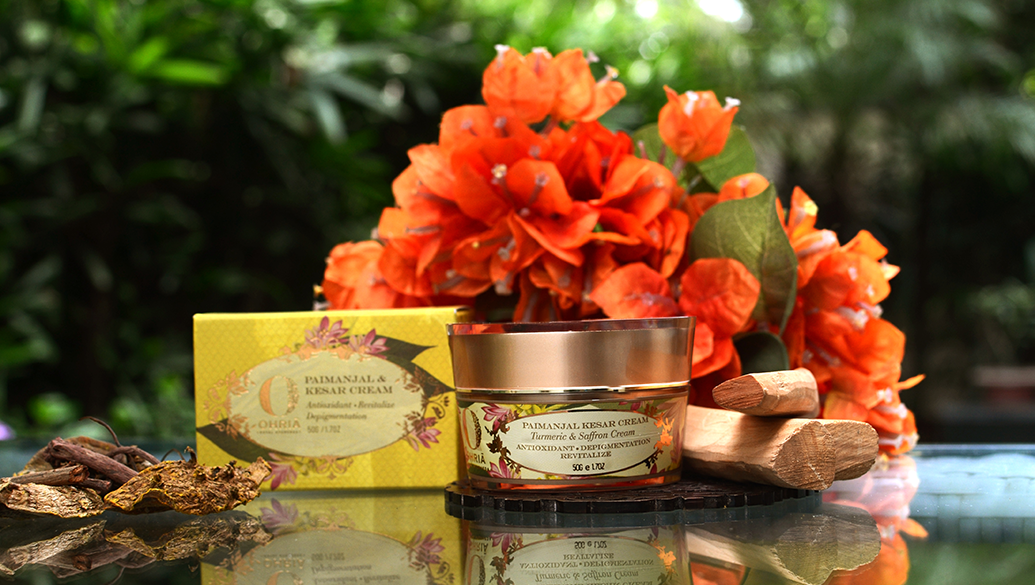
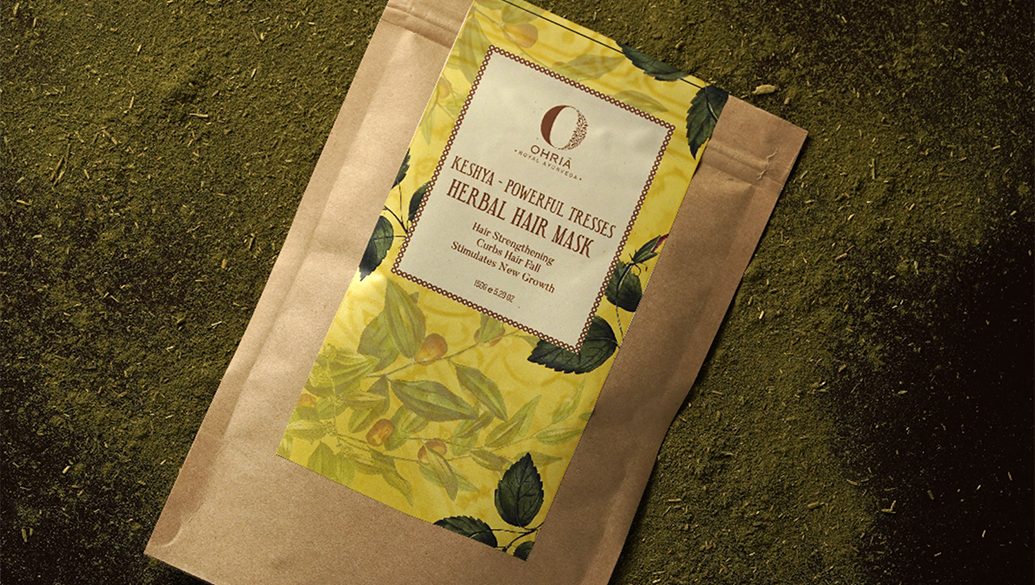
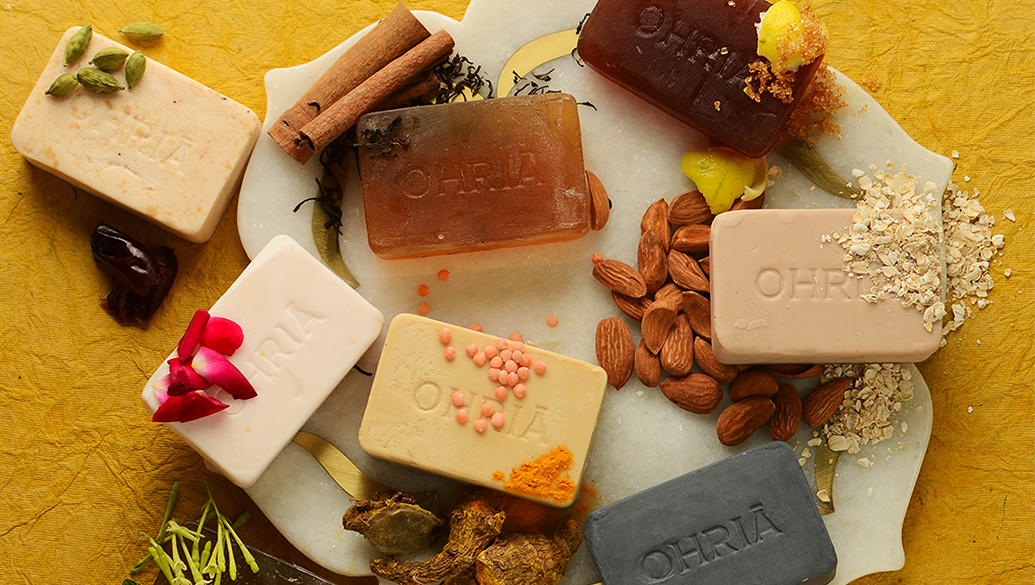
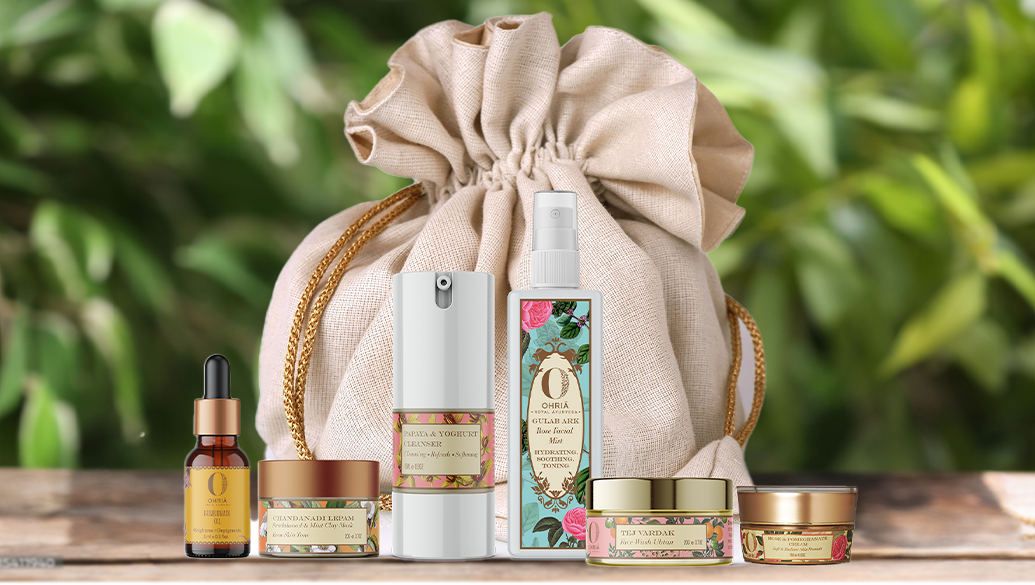
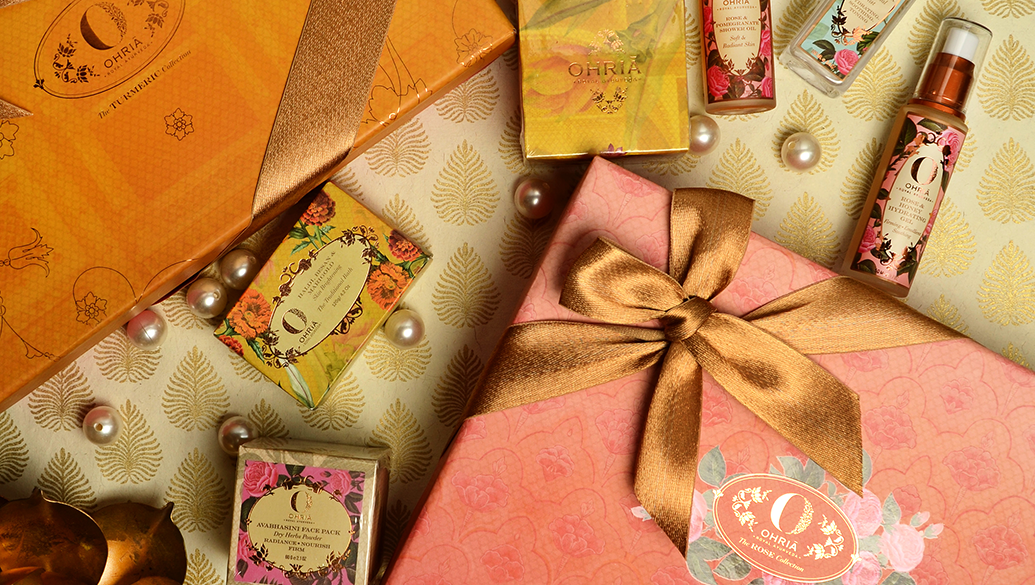
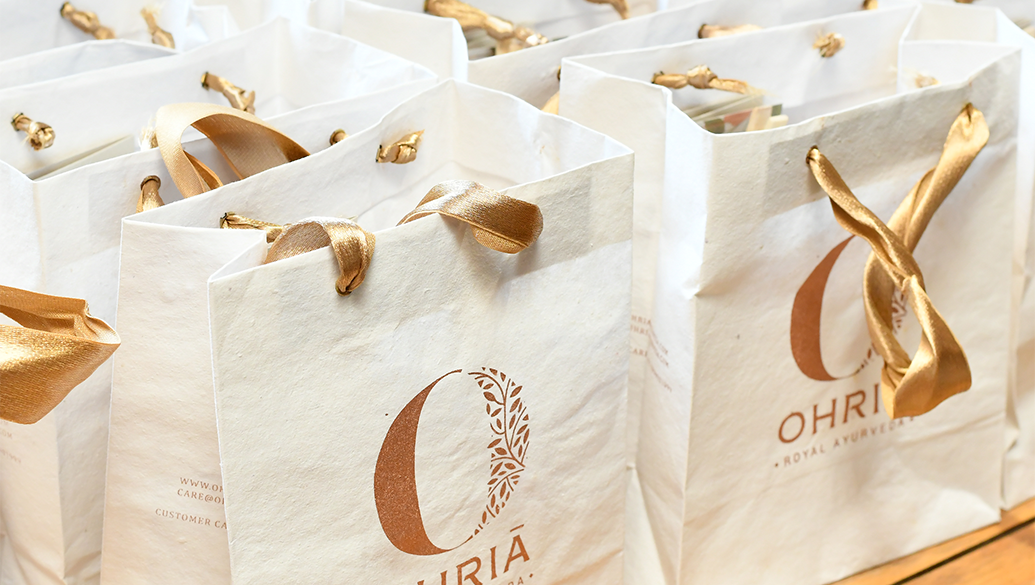

Leave a comment